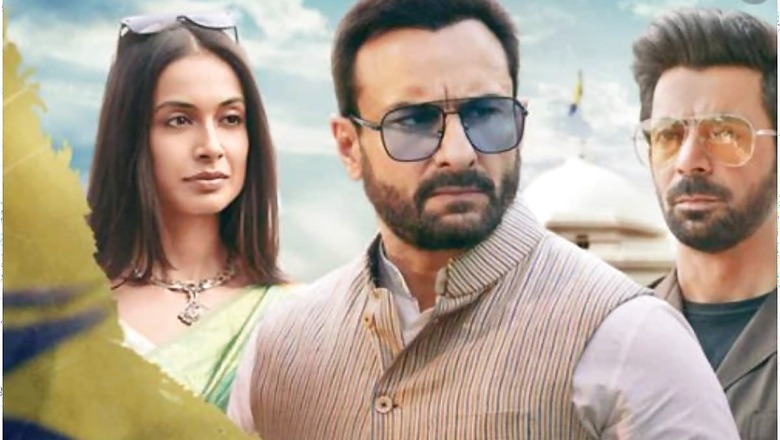
views
When the OTT streaming platforms came to India, the controversies followed. Because, what followed was an unabashed abuse and misuse of the medium in the name of creative liberty! The main themes of many OTT streaming serials were gore, violence, sex. The same old Hindi belt “Bahubali” films, which used to fail by the dozen at the box office, were rehashed with stress on sex and violence.
Were the makers suffering from deprivation or did they think the viewer was? Every next such serial went on to outdo the previous one in depicting all that was undesirable. Did these makers have a target audience in mind? Far from it, since the content was meant for a family audience to be viewed within the four walls of a home!
Streaming platforms may have business interests all over the world, but no country offers such a huge chunk of consumer base as India does. As things stand today, Indians are more sensitive to certain kind of content. Especially, anti-national or anti-religious content that provokes the masses to react instantly. Also, India is a country with myriad ways of life, sentiments and beliefs.
In an event when a film, TV serial or steaming platform content goes against their sentiments or belief, reactions can rise from any corner of India. Court petitions are a norm. The law says that once a film is passed by the CBFC (Central Board of Film Certification), a court of law can’t be moved against it. However, this has not deterred people from getting a film entangled in a legal case. Despite the explicit law to the contrary, the courts pay heed to such cases, otherwise what follows is violence.
When people of a section or a region or a religion take exception to some content, the law gives authority to the local district collector to stop the spread of such content. A DM’s intervention is possible when it comes to films, but with OTT streaming it is out of reach for almost all authorities.
When the Aamir Khan film “PK” released, there was much hue and cry, and violence was feared. The film, people felt, made fun of the Hindu gods. But, to demonstrate tolerance and freedom of expression in the democratic set up, the government offered police protection to cinema halls screening the film. The very people who were objecting to the content, flocked the cinema halls to watch it, making the film a blockbuster! That was in 2014. The tolerance level is not the same anymore.
The first OTT film to draw the ire of the public as well as Indian Air Force personnel was “Gunjan Saxena: The Kargil Girl”. The content was said to be based on lies, it was said to have twisted facts and was derogatory to the Air Force. The controversy did not go beyond TV debates, nor did it help the film generate any more viewers as some controversies do.
The recent and more serious case was that of “Tandav”, which released on Amazon Prime on January 15 this year. “Tandav” makers were accused of portraying Hindu gods as well as the Prime Minister of India in a bad light. Not only was a police FIR filed but the matter was also taken up at the ministerial level. The Amazon team was asked for an explanation by the I&B ministry. Apologies were sought and duly provided. The scenes hurting the sentiments of people were removed.
This must have been quite embarrassing for Amazon, a company that does business all over the world. The incident also made the Government answerable for allowing the OTT platforms an unregulated, free run.
This finally led I&B Ministry to introduce some checks on the OTT medium. The ministry has proposed to take over the control of OTT platforms from the Ministry Electronics and Information Technology (MeitY). The platforms were given a timeline by which they were asked to set up a self-regulating body as well as a code of conduct.
This seems to have led to a change in the film content-buying policy of OTT platforms. After all, these platforms, reeling out content on a regular basis, can’t afford to have a government appointed CBFC kind of body to check their content. That would lead to a lot of red tape and delays leading to uncertainties.
Hence, what looks like a safety valve, the OTT platforms have decided that the films they buy are first censored and also released theatrically. Unlike earlier, only censored films will be aired on OTT. If issues and objections are raised, they will happen before the OTT release. The recent film, “Mumbai Saga”, went through a theatrical release first and will now premiere on OTT, probably on April 13, on Gudi Padwa, which is the Marathi New Year’s day.
The films released on OTT so far have neither brought them glory nor, in all probability, returns worth their while. That would also be a reason why these platforms have to embark on backing their own film projects with face value and themes that work. Besides, with the closure of cinema outlets for over a year as well as slowdown in the production sector, streaming platforms will eventually run out of supply. Getting into production will ensure a regular flow.
The theatrical release of a film has its value and advantage. The Indian thinking is such that only a film released at cinemas is really a film made for masses and worth spending money and time on. It gives a film the recognition as a feature film. The fact that a film released at cinemas creates awareness is an advantage.
This reality about films was proved long back when the video format came to India. A lot of aspiring makers took to making films exclusively for the video format. Some reports suggested that the number of such films made stood at over 500. Whatever the number, these films were just not acceptable to the viewers. The few that released on video found no takers. They were made at moderate budgets of Rs 3 to 5 lakh, or 10th of a feature film cost in those days, but it was all investment down the drain.
Meanwhile, Neflix, which has acquired the OTT rights of “Sooryavanshi”, seems to have waited long enough for the film to hit the screens so as to follow it up with an OTT release. However, the film release has been postponed many times and, as the Covid-19 situation stands today, it is getting worse by the day, and the fear of another lockdown of cinema stares in the face.
Netflix is reported to have set the OTT release of Sooryavanshi for May 28 notwithstanding its theatre release. The makers may, however, plan a theatre release of the film during this period. For, Sooryavanshi is a star-studded film riding the name of director Rohit Shetty, and it would have raked in a massive opening figure under normal circumstances.
Read all the Latest News, Breaking News and Coronavirus News here. Follow us on Facebook, Twitter and Telegram.










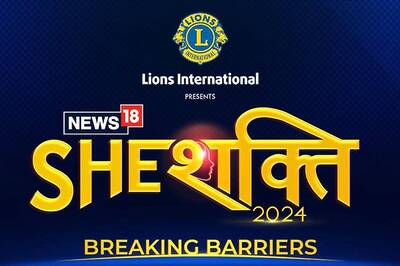
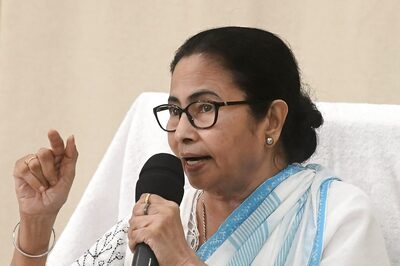



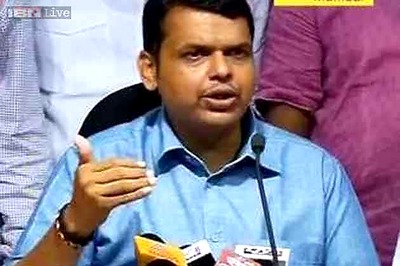
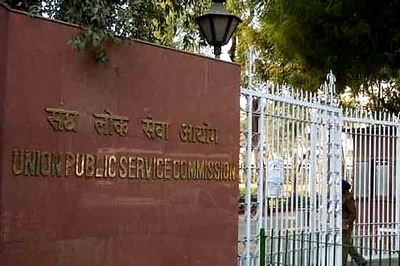



Comments
0 comment